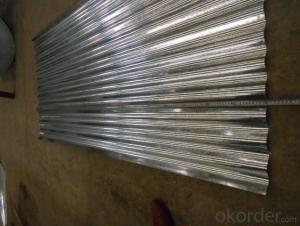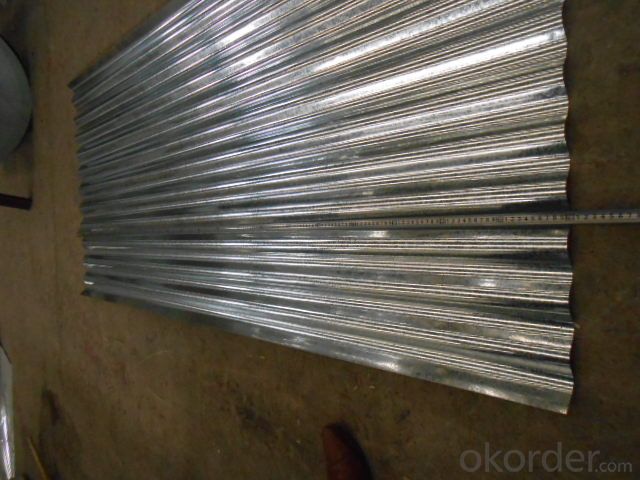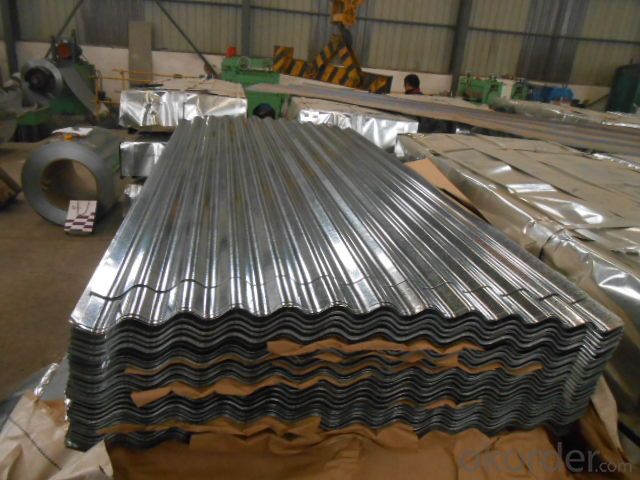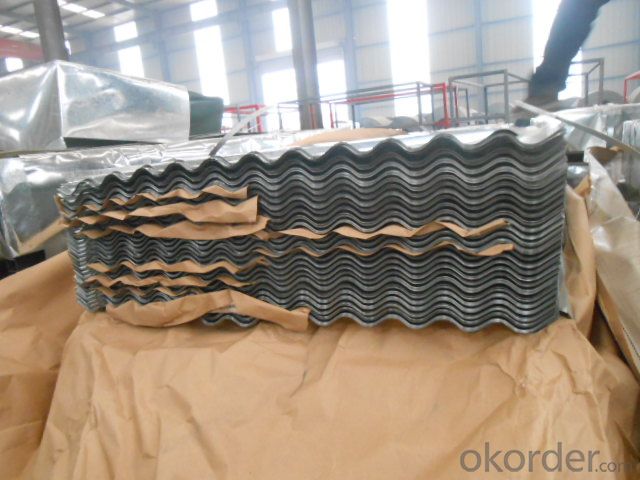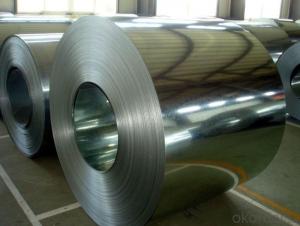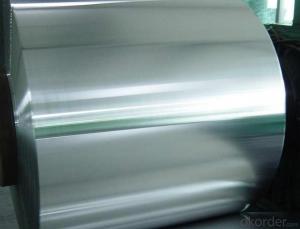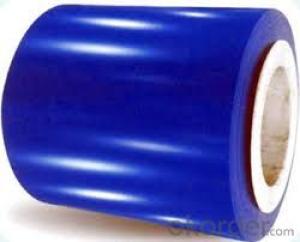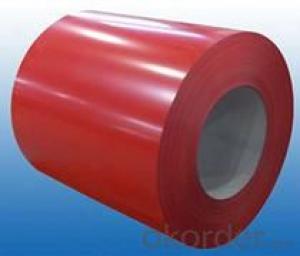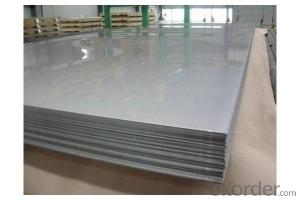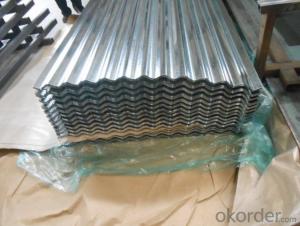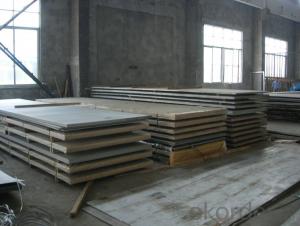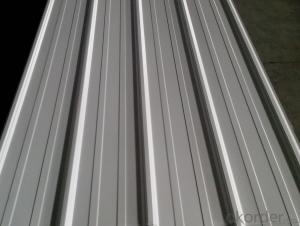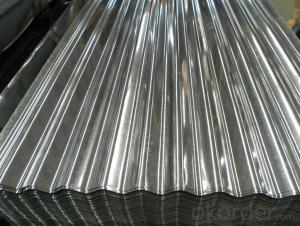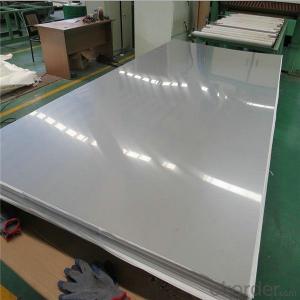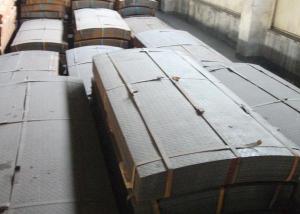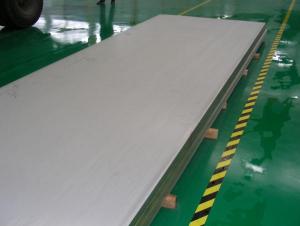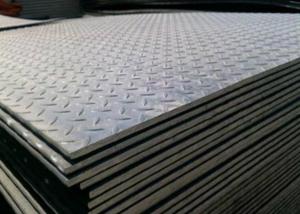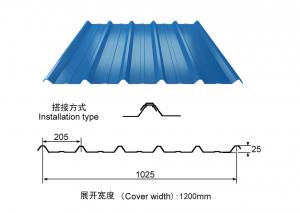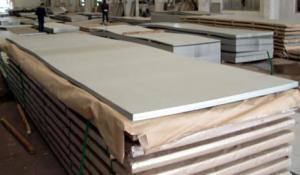Corrugated Hot Dipped Galvanized Steel Sheets
- Loading Port:
- Tianjin
- Payment Terms:
- TT OR LC
- Min Order Qty:
- 50 m.t.
- Supply Capability:
- 1000 m.t./month
OKorder Service Pledge
OKorder Financial Service
You Might Also Like
Corrugated Hot Dipped Galvanized Steel Sheets
Description:
The corrugated sheet is a high strength and durable steel, mostly used for a architectural decoration. We have scores of corrugated sheets production lines of different types, producing profiled sheets of all kinds of types and colors. Since it adopts high strength steel sheet and the dimension is designed reasonably, the corrugated sheets are widely used on roofs and walls of various buildings, which can be easily installed, be flexible and changeable, unrestricted by no factor of the buildings.
Corrugated steel sheet is the colored steel plate which has been wave formed with the cold rolling treatment, trough especial coated dispose, the color coated steel panel’s guaranty is 12-15 years.
Pressing steel panel with the clear line, and many colors for choice, suitable for any different building style materials, achieving satisfy effects;
Pressing steel panel can be freely incised, it can satisfy the especially designing demands. It apply on convenient construction, and anti-seismic performance, fire proof, waterproof, free of maintenance, ect.
Base sheet : galvanized steel sheet, pre painted galvanized steel sheet
Application:
It has been widely applied on civil construction like storerooms, special building roof and walls of wide-span steel structure building and so on.
With excellent cold bending molded manufacturablity, good decoration effect, strong anti-corrosion ability, are also pollution-free and easily recycled. Accordingly, they can be used as final products and basic plates of color coated steel coils and widely applied in construction, home appliances, decoration, ect.
Pressing steel panel with the clear line, and many colors for choice, suitable for any different building style materials, achieving satisfy effects;
Product Specification:
Thickness tolerance: (+/-0.01mm)
Zinc coating: 50-180g/m2
Standard:jis g 3302, sgch
Package: 2- 3 ton/pallet
Specs: 0.14-0.8mm x 900mm x 2000mm
Width:700-1250mm( 750mm,900mm,1215mm,1250mm,1000mm the most common)
Surface:regular/mini/zero spangle, chromated, skin pass, dry etc.
Package:Standard seaworthy export packing: 3 layers of packing, inside is kraft paper,water plastic film is in the middle and outside GI steel ,sheet to be covered by steel strips with lock.
FAQ:
1.How many pieces for one package?
The pieces for one tone is decided by the thickness of the sheet, but we can make it according to your requirements in the reasonable range.
2. Do you have pallets for the package?
Yes, we must use pallets for the package in order to load.
3. Could you produce the sheets according to our design?
Yes, we can.
- Q: What are the most common thicknesses of steel sheets?
- The most common thicknesses of steel sheets range from 16 gauge (approximately 0.0598 inches) to 10 gauge (approximately 0.1345 inches) in industrial applications.
- Q: How do steel sheets perform in terms of dimensional stability?
- Steel sheets are known for their excellent dimensional stability. This means that they are highly resistant to changes in size or shape when subjected to external forces or fluctuations in temperature. Steel is inherently strong and rigid, allowing it to maintain its shape and dimensions over extended periods of time. Additionally, steel sheets have low thermal expansion coefficients, meaning they expand and contract minimally with changes in temperature. This characteristic further enhances their dimensional stability, making them suitable for applications where precise dimensions and consistent performance are critical. Steel sheets are widely used in various industries, including construction, automotive, and manufacturing, due to their reliable dimensional stability.
- Q: How do steel sheets perform in high-humidity environments?
- Steel sheets generally perform well in high-humidity environments due to their inherent properties. Steel is known for its strength, durability, and resistance to corrosion, making it a suitable material for withstanding moisture-rich conditions. High-humidity environments can lead to the formation of condensation on surfaces, which can accelerate the corrosion process in certain materials. However, steel sheets are typically coated with protective layers, such as zinc or other corrosion-resistant coatings, which act as a barrier against moisture and prevent rusting. Furthermore, steel sheets are often galvanized or treated with specialized coatings, such as stainless steel or weathering steel, to enhance their resistance to humidity and prevent degradation over time. These coatings provide an additional layer of protection, ensuring that steel sheets maintain their structural integrity and performance even in high-humidity environments. It is important to note that despite the inherent resistance of steel to moisture, proper maintenance and care are still crucial in ensuring its long-term performance. Regular inspections, cleaning, and application of appropriate sealants or coatings, if necessary, can help further protect steel sheets in high-humidity environments. In summary, steel sheets are generally well-suited for high-humidity environments due to their strength, durability, and resistance to corrosion. With proper coatings and maintenance, steel sheets can maintain their performance and structural integrity even in moisture-rich conditions.
- Q: How do steel sheets compare to plastic sheets?
- Steel sheets are generally stronger, more durable, and have a higher heat resistance compared to plastic sheets. They are better suited for heavy-duty applications, such as construction and industrial uses, where strength and durability are crucial. Plastic sheets, on the other hand, are lightweight, flexible, and cost-effective. They are commonly used for applications where weight and cost are important factors, such as packaging, signage, and some consumer goods. Ultimately, the choice between steel and plastic sheets depends on the specific requirements and intended use of the sheets.
- Q: Can steel sheets be used for bridge construction or infrastructure projects?
- Yes, steel sheets can be used for bridge construction or infrastructure projects. Steel sheets offer high strength, durability, and flexibility, making them ideal for constructing bridges and other infrastructure projects. They can be easily fabricated and transformed into various shapes and sizes to meet the specific requirements of the project. Additionally, steel sheets have excellent load-bearing capacity, corrosion resistance, and can withstand harsh environmental conditions, making them a popular choice in the construction industry.
- Q: Are steel sheets suitable for automotive body parts?
- Yes, steel sheets are suitable for automotive body parts. Steel is a commonly used material in the automotive industry due to its high strength, durability, and impact resistance. It provides excellent protection to the vehicle and its occupants in case of accidents. Moreover, steel sheets can be easily molded and formed into various shapes, making them suitable for manufacturing different body parts like doors, hoods, fenders, and frames.
- Q: Can steel sheets be used in food processing industries?
- Yes, steel sheets can be used in food processing industries. Stainless steel, in particular, is commonly utilized due to its corrosion resistance, durability, and ease of cleaning, making it suitable for various applications such as food storage, preparation surfaces, and equipment. Its non-reactive nature also ensures that it does not impart any undesirable flavors or contaminate the food being processed.
- Q: Can steel sheets be used in the aerospace industry?
- Yes, steel sheets can be used in the aerospace industry.
- Q: What is the minimum thickness of a steel sheet?
- The minimum thickness of a steel sheet relies on a variety of factors, including the specific grade of steel used, the intended application, and the manufacturing process. However, steel sheets can generally be manufactured with thicknesses ranging from 0.4 millimeters (0.016 inches) to several millimeters. It should be noted that thinner steel sheets are typically utilized for flexible and lightweight applications, such as automotive body panels or electrical enclosures, while thicker sheets are employed for structural purposes, like construction materials or heavy machinery components. Ultimately, the specific needs of the project or application determine the minimum thickness of the steel sheet.
- Q: What is the average moisture resistance of steel sheets?
- The average moisture resistance of steel sheets can vary depending on the specific type of steel and its protective coatings. Generally, steel sheets have good moisture resistance due to their inherent corrosion resistance properties. However, the resistance can be further enhanced by applying various surface treatments such as galvanization, which adds a layer of zinc to protect against moisture and corrosion. In terms of specific values, it is difficult to provide an exact average moisture resistance without considering the specific steel grade, thickness, and coating. Typically, steel sheets with galvanized coatings can provide excellent moisture resistance, with some studies reporting corrosion rates as low as 0.1-0.5 micrometers per year in highly corrosive environments. It is crucial to note that the performance of steel sheets in resisting moisture can also be influenced by other factors such as the presence of scratches, cuts, or exposure to chemicals. Regular maintenance, inspection, and proper handling of steel sheets can help ensure their optimal moisture resistance over time.
Send your message to us
Corrugated Hot Dipped Galvanized Steel Sheets
- Loading Port:
- Tianjin
- Payment Terms:
- TT OR LC
- Min Order Qty:
- 50 m.t.
- Supply Capability:
- 1000 m.t./month
OKorder Service Pledge
OKorder Financial Service
Similar products
Hot products
Hot Searches
Related keywords
